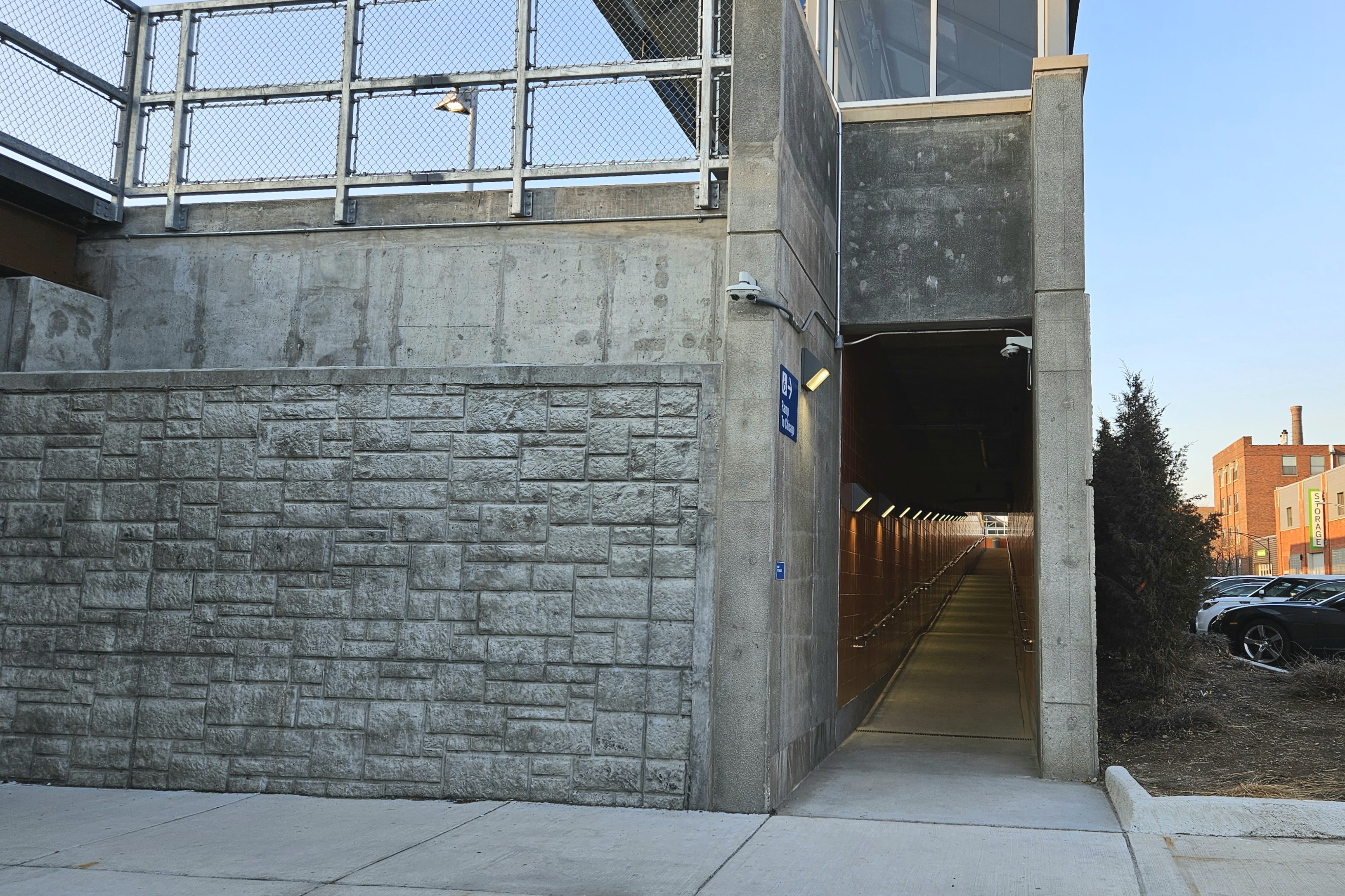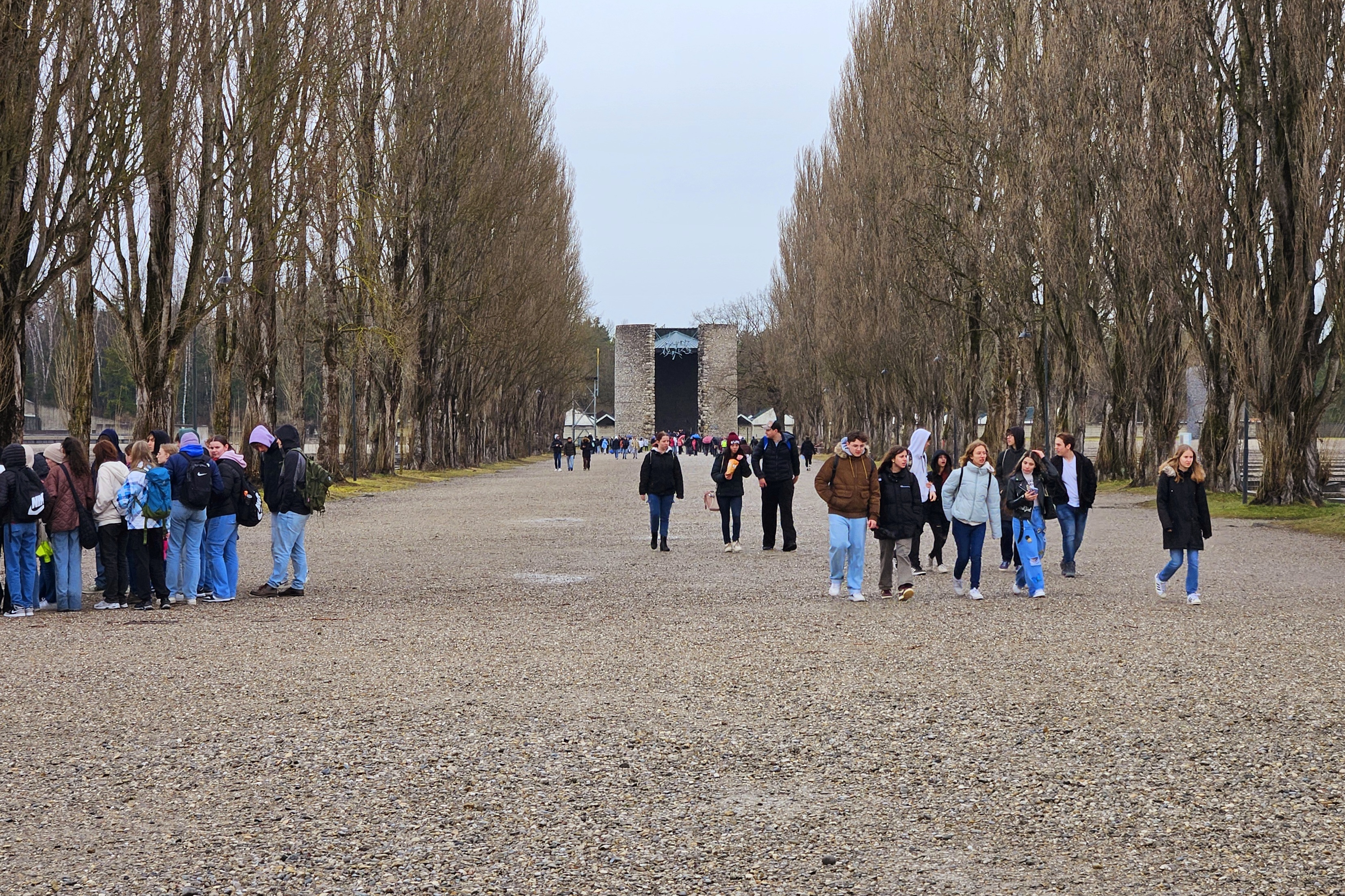Before I even took off from Chicago on Wednesday morning, I snarked a bit on the widening gulf between US and European technology, particularly in public transport. I don't think Chicago's regional heavy-rail agency, Metra, heard me specifically, but it seems they have committed to introducing electric trains on one currently-Diesel route before the end of the decade:
Metra plans to buy battery-powered trains that could hit the rails as early as 2027 on the Rock Island line, potentially fast-tracking a move to greener and more frequent off-peak service.
The commuter rail agency’s board voted Wednesday to pay $154 million for eight two-car, zero-emission trains from Stadler U.S., of Salt Lake City, Utah.
The trains, unveiled by the Stadler U.S.’ Swiss parent company last year, are a significant departure from Metra’s well-known diesel locomotives and cars.
The Stadler trains have low-level boarding and ADA-compliant lifts. Each two-car powered train seats 112 people, with trailer cars seating about 46. The cars are connected by open gangways. Half of the trailer cars would include ADA-accessible bathrooms.
In its statement, Metra said the new trains could help achieve its vision of providing more frequent all-day service. The first sets are expected to be delivered in 2027 or 2028, Metra said.
So, the Rock Island line gets Saturday and Sunday electric trains only half a century after the all-electric S-Bahn opened here in Munich.
Which reminds me, on Tuesday coming home from work I discovered that the 13-year project to construct a single goddamn Metra station officially concluded with the opening of the inbound Leland Avenue ramp at Ravenswood, almost 7 months after the rest of the station opened:

But hey, the Metra Rock Island District will get eight two-car electric trainsets—made by a Swiss company—within the next four years.
I'll have more and better-finished photos when I return to Chicago. Here are three quick phone edits from today.
The Neue Rathaus in Marienplatz, near my hotel:

The main gate to the prisoner camp at Dachau:

The main road in the Dachau prison camp:

That was not a fun visit, but it was necessary.
I carefully checked my bag yesterday morning before leaving my house. I almost forgot a power adapter, which one needs to charge one's phone, watch, and tablet. Unfortunately, the power adapter I brought converts EU outlets to UK. Fortunately, Munich is one of the most technologically advanced cities in the world, and I can simply buy a Type E/F adapter at an electronics store about 500 meters from my hotel.
It also helps that the German word for adapter is Adapter.
There's a bit of rain at the moment, so I'm collecting myself in my room (which was available when I arrived at 8am!) before heading out to buy ein Adapter.
I should have photos and more interesting things to say this evening. Of course, as it's 2am in Chicago and my body is very put out by me waking up from a 3-hour sleep just before midnight, I foresee an early night.
Just noting these things to read later, as I have just a few minutes before boarding:
Finally, The Cut's financial-advice columnist Charlotte Cowles describes how she fell for a financial scam.
I forgot that one of the perks of flying in international first class—even if it's a miles ticket—is access to American's Flagship Lounge. I have to say, I see the appeal.
But like so much in the United States, the top-tier lounge in Chicago has roughly the same amenities and food as the regular lounges in Europe and Asia.
I'm heading to Munich, as mentioned earlier, in part to enjoy modern technology, now that my own country has drifted to the back of the pack amongst its peer countries. It's very frustrating, to put it mildly, that the Most Powerful Nation in the History of the Planet™ can't figure out how to build a high-speed train, for example.
The same thing happened to Rome, of course. By the 1st century CE, Rome had the largest empire and most powerful military the world had ever seen till then, but Constantinople had already started to pull ahead in technology. By 500 CE, Rome had become a provincial outpost with ruined monuments, and Constantinople was beyond anything the Romans could imagine.
The weather forecast for Munich doesn't look horrible, but doesn't look all that great either, at least until Saturday. So I'll probably do more indoorsy things Thursday and Friday, though I have tentatively decided to visit Dachau on Thursday, rain or not. You know, to start my trip in such a way that nothing else could possibly be worse.
Meanwhile, I've added these to yesterday's crop of stories to read at the airport:
Finally, don't skip your dog's walks. They're very important to her health.
As I'm trying to decide which books to take with me to Germany, my regular news sources have also given me a few things to put in my reading list:
Finally, the North Atlantic has near-record jet streams again this week, approaching 360 km/h, and shaving 45 minutes off the DC–London route. I would love that to happen Wednesday.
My local park around 7am:

For work reasons, I have to get up progressively earlier every day this week. I'm comforting myself with the knowledge that my 6am meeting Wednesday would actually be a 1pm meeting if I were already on Munich time. Sadly, I won't be on Munich time until about 19 hours later. But I'm a lot more likely to sleep on the flight if I keep waking up before sunrise this week.
Tonight is the 17th Presidents Day Bash, a tradition that began in 1995 at a friend's apartment in the Murray Hill neighborhood of New York City. He hosted the first 10 Bashes on Sunday nights back when people still got Presidents Day off from work, because (a) there aren't a lot of parties in February, (b) there aren't a lot of parties on Sunday night, (c) it's far enough along from New Year's Eve that people want a party, and (d) why not?
The old gang has scattered across the globe since the last NYC Bash in 2004. That didn't stop me from resurrecting it for Presidents Day 2015. (Call it a franchise.) This will be the 17th Bash because I didn't host it all in 2021 (pandemic) and only had a small gathering in 2022 (pandemic hangover).
That made last year's the Lincoln Bash, and this year's the Andrew Johnson Bash. The 17th POTUS ranked dead-last in many historians' league tables until the new champion goat got crowned in 2017. As I wrote on the official event page, "This year, the Bash won't so much pay homage as it will sigh and shake its head sadly at [Lincoln's] successor, the dumb-as-dung Andrew Johnson, who tried so hard to undo Lincoln's successes that he wound up being the first—and for most of the 235 years we've had presidents, only—president ever impeached."
No, we don't dress up as presidents, nor does the Bash have an overtly political theme. It's just a way to chase out the last bits of winter with a couple dozen people.
In any event, I spent the morning cooking and shopping, so now I will nap.
New York Justice Arthur Engoron just handed the XPOTUS a $350 million fine and barred him and his two failsons from running a business in New York for years:
The decision by Justice Arthur F. Engoron caps a chaotic, yearslong case in which New York’s attorney general put Mr. Trump’s fantastical claims of wealth on trial. With no jury, the power was in Justice Engoron’s hands alone, and he came down hard: The judge delivered a sweeping array of punishments that threatens the former president’s business empire as he simultaneously contends with four criminal prosecutions and seeks to regain the White House.
Mr. Trump will appeal the financial penalty — which could climb to $400 million or more once interest is added — but will have to either come up with the money or secure a bond within 30 days. The ruling will not render him bankrupt, because most of his wealth is tied up in real estate.
Of course he'll appeal, but New York doesn't give him many grounds to do so. And given the scale of the fraud he perpetrated on the State, even this eye-watering sum will probably survive scrutiny from the appellate court.
In other news this afternoon:
Finally, the Tribune has a long retrospective on WGN-TV weather reporter Tom Skilling, who will retire after the 10pm newscast on the 28th.